Three Argonne postdoc scientists have been invited to the prestigious Nobel Laureate Meetings in Lindau, Germany, where they will meet with past Nobel Prize winners in their fields.
Tag: Center For Nanoscale Materials
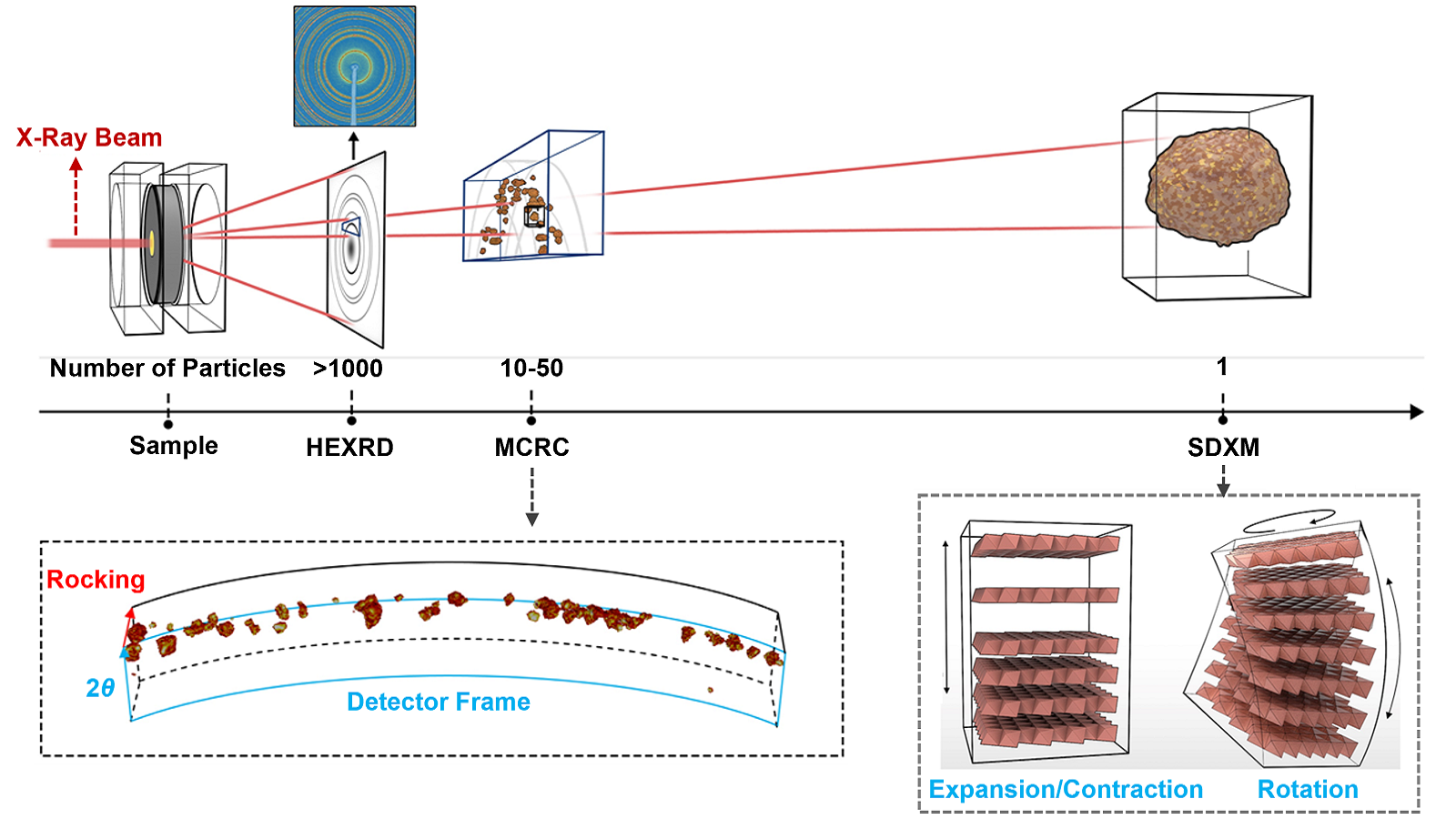
Unlocking the mystery behind the performance decline in a promising cathode material
Researchers at the Argonne National Laboratory have discovered the main reason why and how one of the more promising new cathode materials degrades with repeated cycling of lithium-ion batteries. The team’s new analysis method was key to the discovery.
Argonne hosts See Yourself in STEAM event for students from groups underrepresented in STEM
Students from groups underrepresented in STEM discover world-class science, technology, engineering, arts and mathematics at Argonne through See Yourself in STEAM event.
Using artificial intelligence, Argonne scientists develop self-driving microscopy technique
Argonne researchers have tapped into the power of AI to create a new form of autonomous microscopy.
Nina Andrejevic creates better tools to quickly characterize materials
Understanding big datasets requires better analytical models, says the Maria Goeppert Mayer Fellow.

Scientists discover unusual ultrafast motion in layered magnetic materials
A team of researchers report a mechanical response across a layered magnetic material tied to changing its electron spin. This response could have important applications in nanodevices requiring ultra-precise and fast motion control.
Speaking my language: Robert Winarski’s background helps him coordinate beamline installation for the Advanced Photon Source Upgrade
With the year-long shutdown underway, the Advanced Photon Source Upgrade project is in the midst of building seven new beamlines, constructing the infrastructure for two more, and updating several more existing beamlines. Robert Winarski is coordinating all of this work, and his background as a scientist who has constructed beamlines is key to his success.
How Argonne is pushing the boundaries of quantum technology research
With its Department of Energy National Quantum Information Science Research Center (Q-NEXT) and its quantum research team, Argonne is a hub for research that could change the way we process and transmit information.
Sixbert Muhoza studies a new class of materials that could help fight climate change
A scholar in Argonne’s Applied Materials Division, Sixbert Muhoza is studying a new class of materials called MXenes that could improve batteries and help convert carbon dioxide to fuel.
Scientists turn single molecule clockwise or counterclockwise on demand
Argonne scientists report they can precisely rotate a single molecule on demand. The key ingredient is a single atom of europium, a rare earth element. It rests at the center of a complex of other atoms and gives the molecule many practical applications.
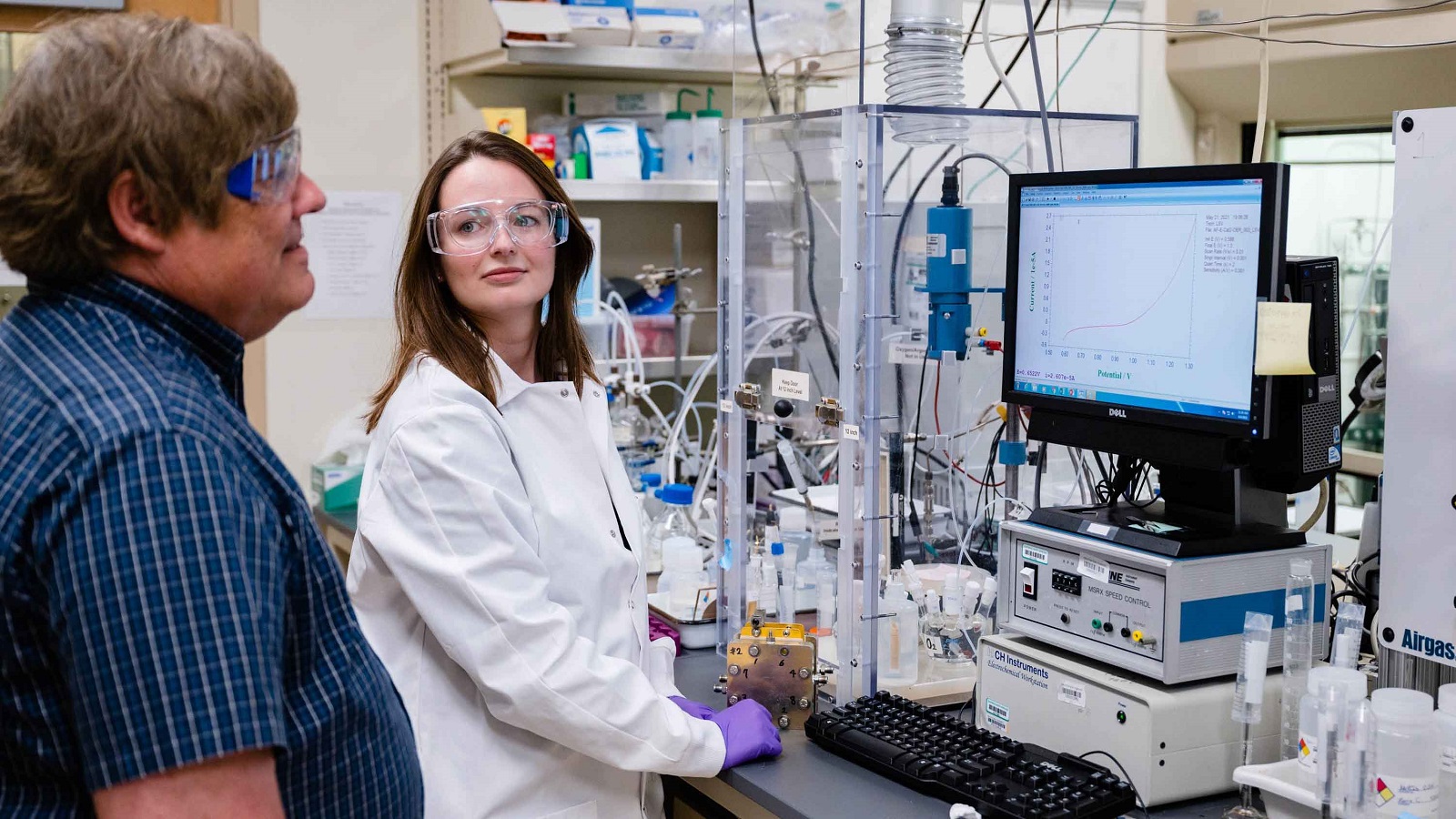
Entrepreneurship program at Argonne National Laboratory opens applications for startups
Chain Reaction Innovations, the entrepreneurship program at Argonne National Laboratory, is accepting applications for its next fellowship cohort.
Scientists use machine learning to accelerate materials discovery
Scientists at Argonne National Laboratory have recently demonstrated an automated process for identifying and exploring promising new materials by combining machine learning (ML) and high performance computing.
New cathode design solves major barrier to better lithium-ion batteries
New method for preparing cathode materials eliminates stumbling block to better lithium-ion batteries. New structure for cathode particles could lead to new generation of longer-lasting and safer batteries able to power vehicles for longer driving ranges.
Machine learning program for games inspires development of groundbreaking scientific tool
Scientists have developed a groundbreaking AI-based algorithm for modeling the properties of materials at the atomic and molecular scale. It should greatly speed up materials discovery.
Editors of MIT Technology Review name Argonne’s Jie Xu as a 2021 Innovator Under 35
The editors of MIT Technology Review have chosen Argonne’s Jie Xu as an Innovator Under 35 for 2021. She is one of only 35 innovators under the age of 35 named to this list. She is being recognized for her research on printable skin-like electronics.
Sneak preview: New platform allows scientists to explore research environments virtually
The Department of Energy pledged $1.68 million to Argonne National Laboratory over three years so it can create a virtual platform or digital twin that will allow experimentalists to explore their proposed studies prior to visiting the labs.
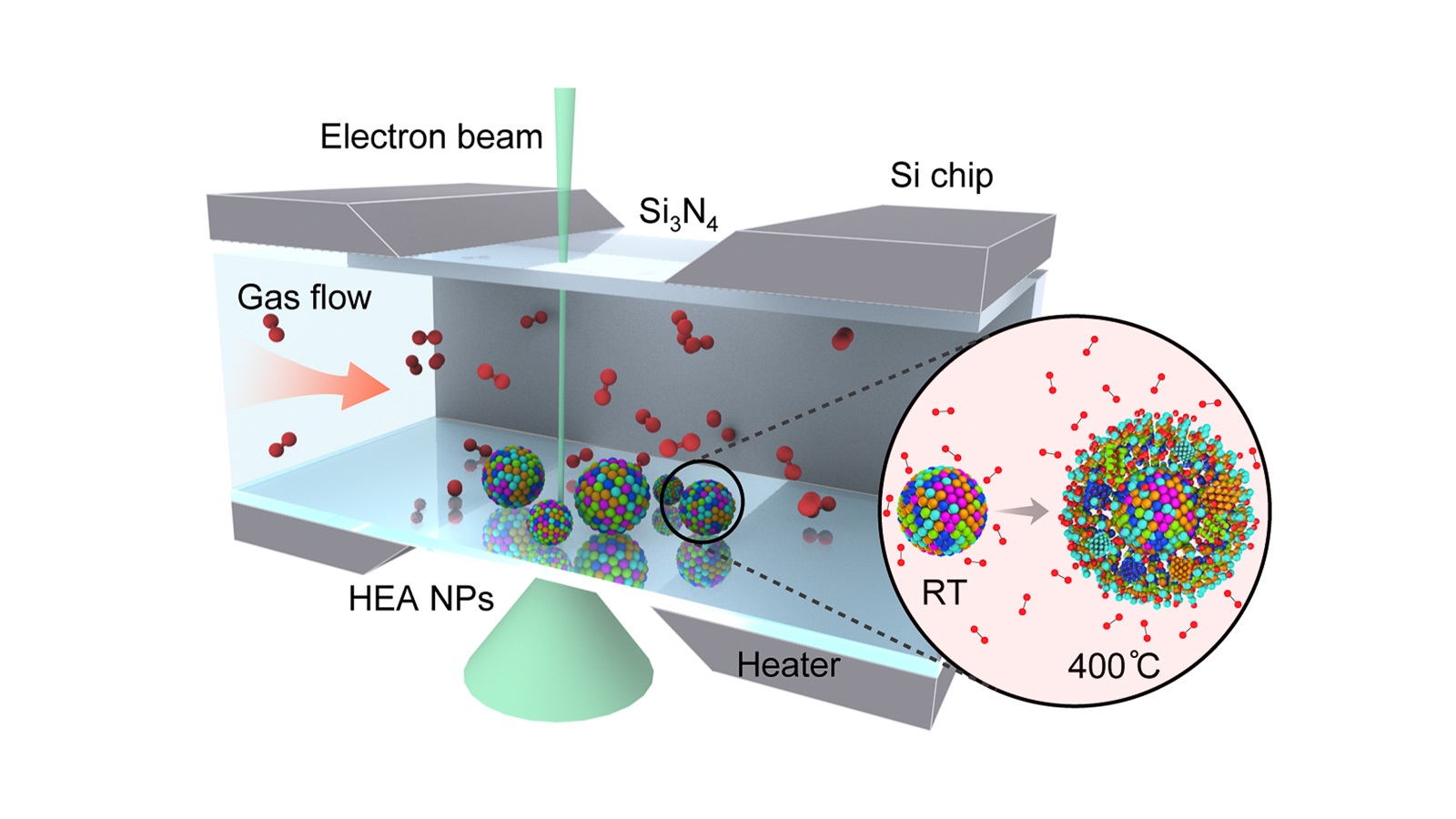
Better together: Scientists discover far-reaching applications of nanoparticles made of multiple elements
As catalysts for fuel cells, batteries and processes for carbon dioxide reduction, alloy nanoparticles that are made up of five or more elements are shown to be more stable and durable than single-element nanoparticles.

New material senses neurotransmitters in the brain
Scientists have developed a new material that can sense glutamate in the brain, and may lead to new tools to combat neurological disorders.
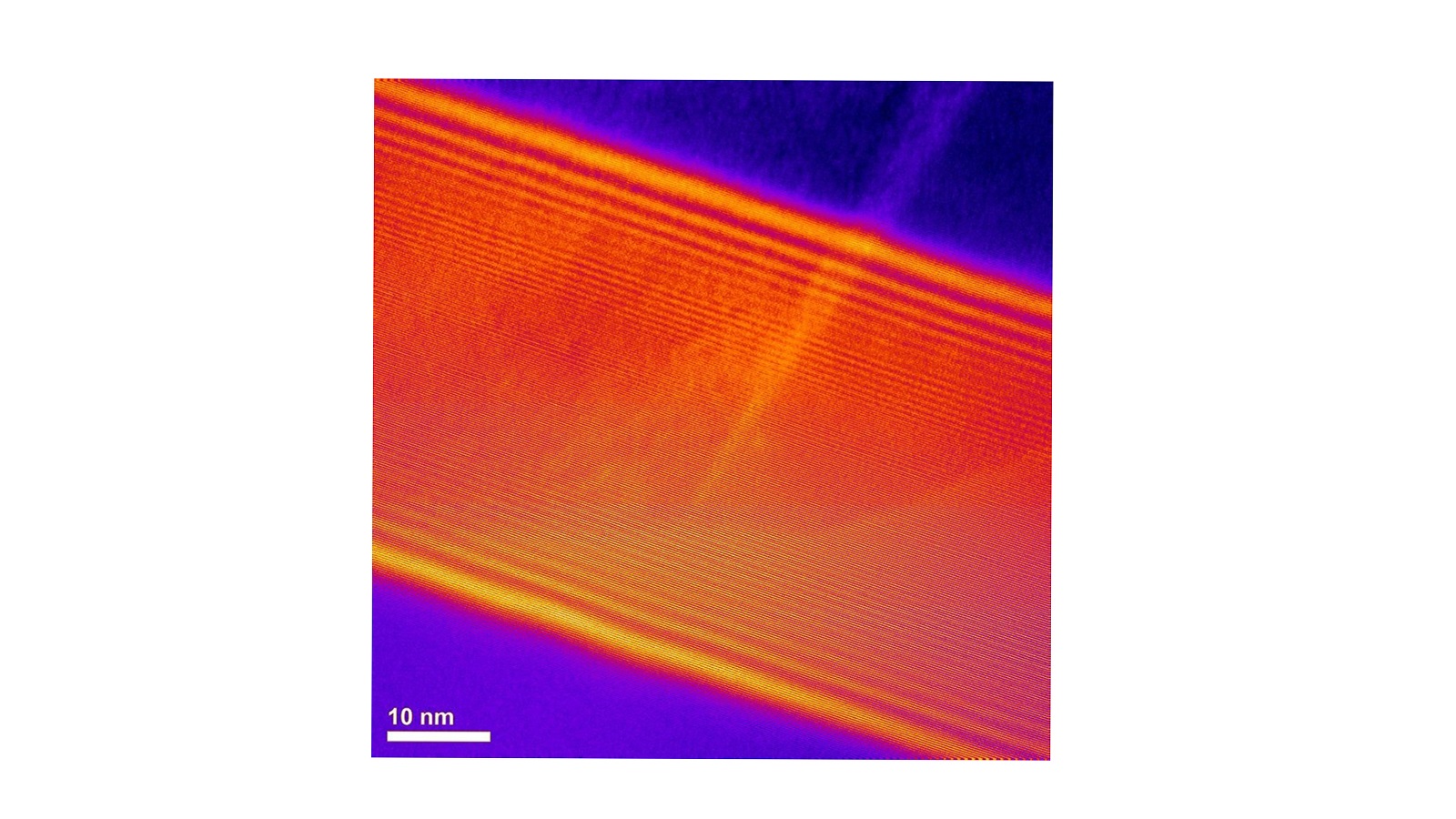
Scientists uncover major cause of resistance in solid electrolytes
Scientists investigated grain boundaries in a solid electrolyte at an unprecedentedly small scale. The resulting insights provide new avenues for tuning chemical properties in the material to improve performance.

Advancing information processing with exceptional points and surfaces
Researchers have for the first time detected an exceptional surface based on measurements of exceptional points. These points are modes that exhibit phenomenon with possible practical applications in information processing.
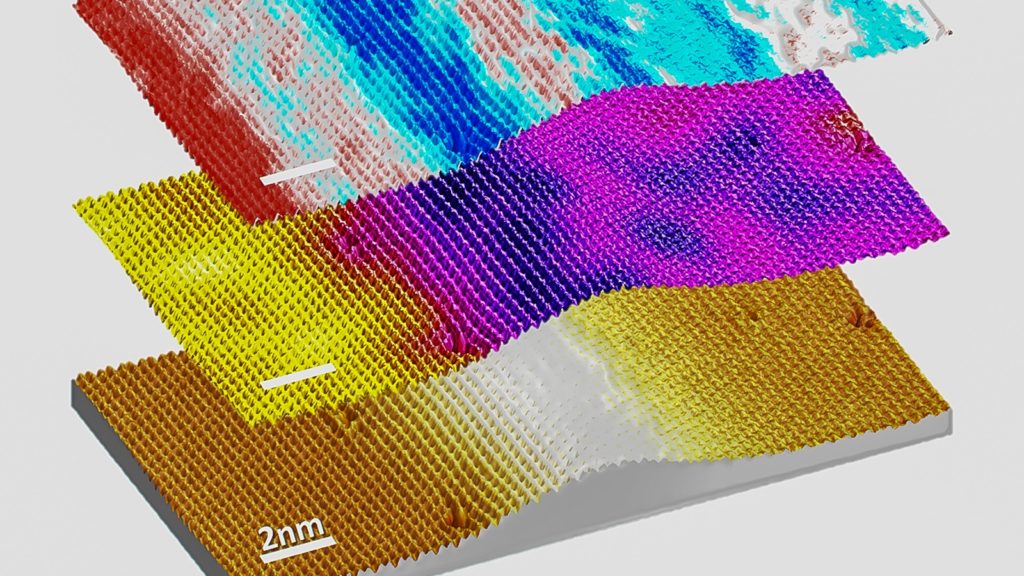
Scientists discover “ripple” in flexible material that could improve electronic properties
Argonne scientists have discovered an intriguing new behavior in a two-dimensional material at the atomic level as it is stretched and strained, like it would be in an actual flexible device.
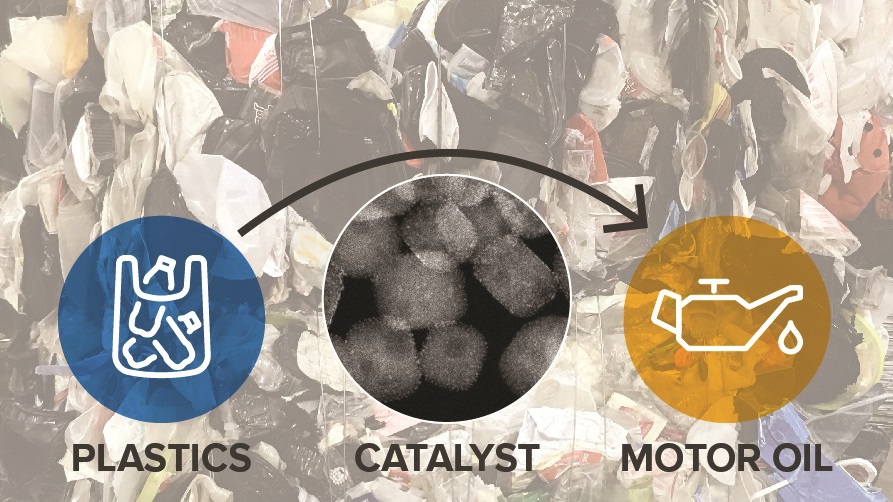
Rethinking the science of plastic recycling
A multi-institutional collaboration reports a catalytic method for selectively converting discarded plastics into higher quality products. The team included Argonne National Laboratory, Ames Laboratory, Northwestern University and three other universities.